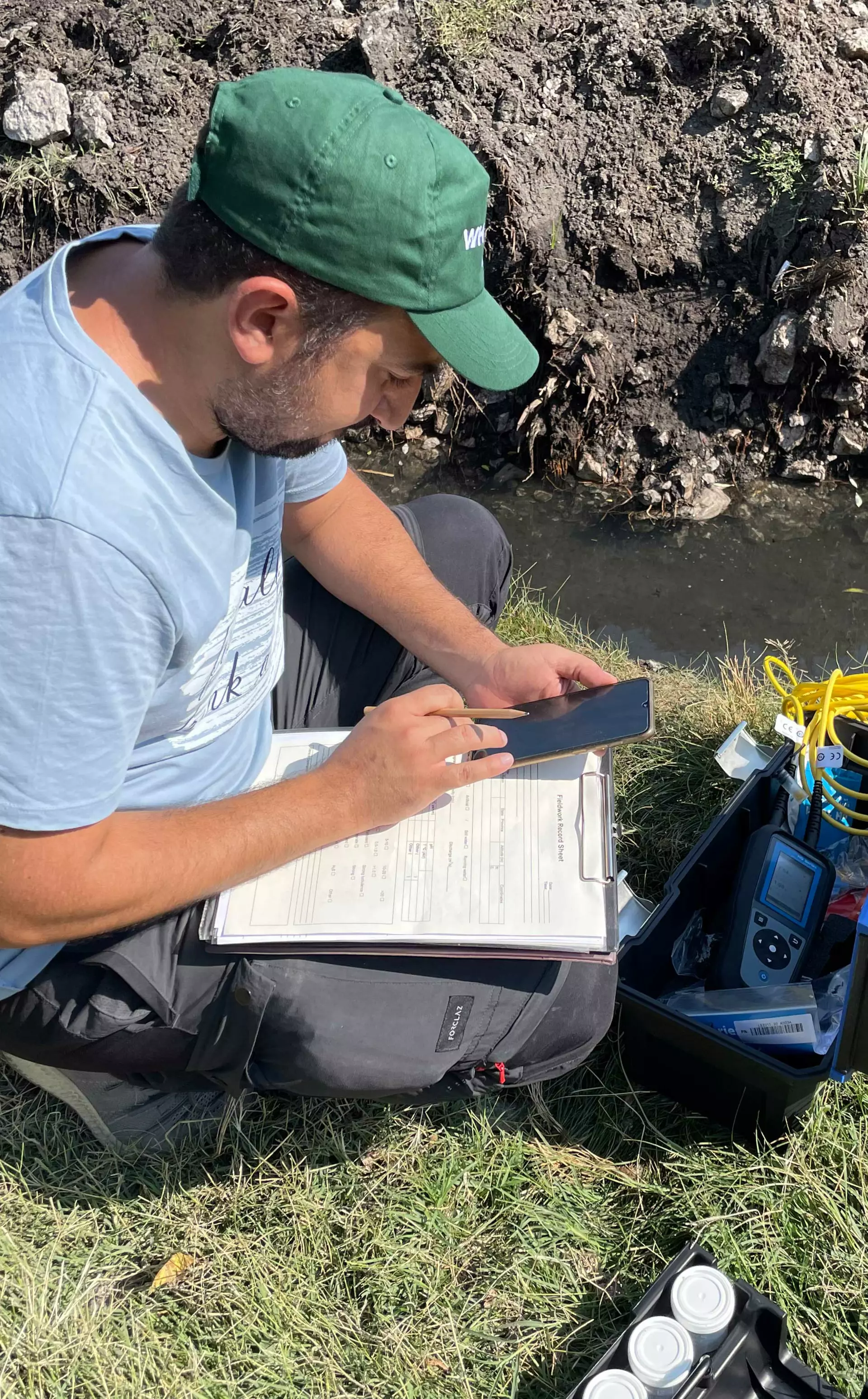In Field Study Skills students will have the fantastic opportunity to learn practical skills on the Whipsnade Zoo’s very own Site of Special Scientific Interest (SSSI). Home to rare plants species, students will demonstrate both random and systematic sampling techniques.
Using keys and digital equipment, students will record the presence/absence of a species, calculate percentage cover for each species and record abiotic factors.
Results will be recorded into specially adapted datasheets which can be further analysed back in school/college using ZSL resources.
| Age: Post 16 | Duration: 3 hours | Capacity: 35 students | Outdoor workshop |
Intended Learning Outcomes:
Students will be able to:
- Investigate the distribution and abundance of organisms using both quadrats and transects
- Use digital equipment to measure abiotic factors
- Compare management techniques on two different chalk grassland habitats
- Calculate Simpsons Diversity Index
AQA Biology A Level
| ||||||||||
Pearson Edexcel A Level Biology A (Salters-Nuffield)
| ||||||||||
Pearson Edexcel A Level Biology B
| ||||||||||||
OCR A Level Biology A
|
OCR A Level Biology B
|
Cambridge International AS & A Level Biology
|
